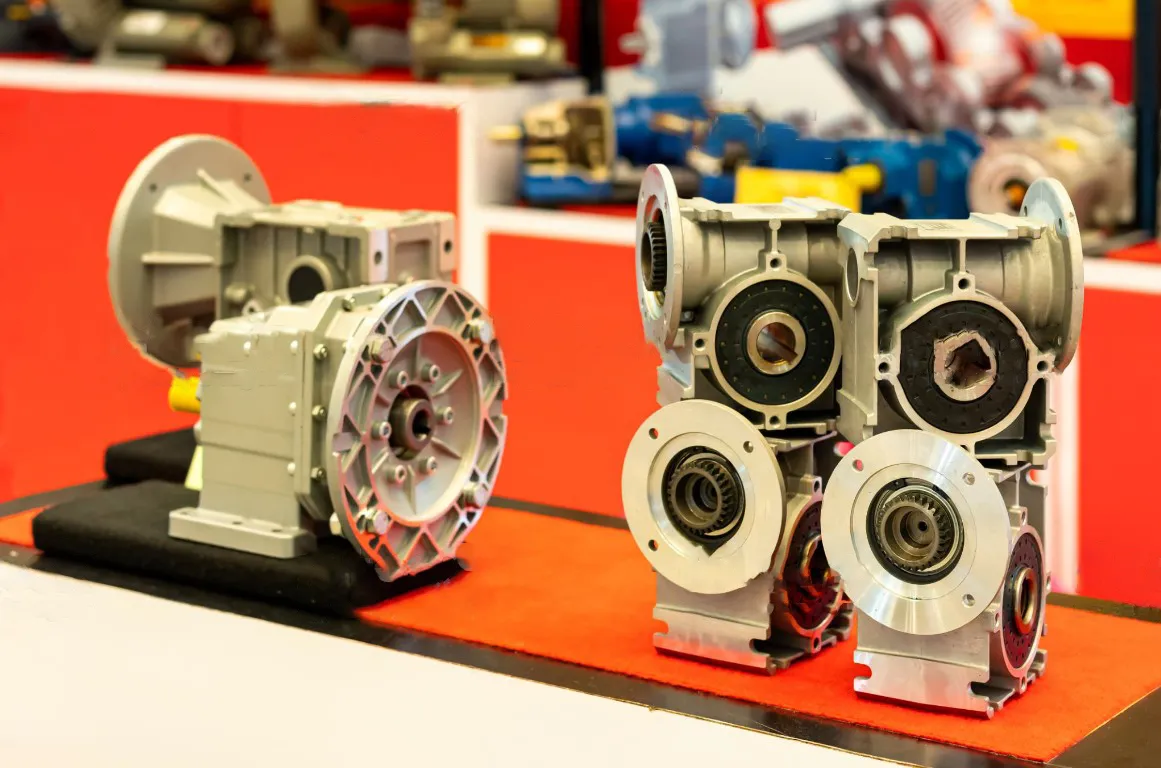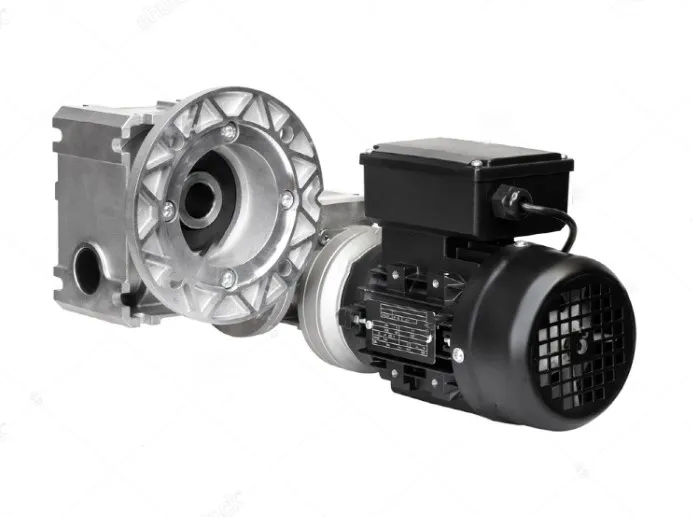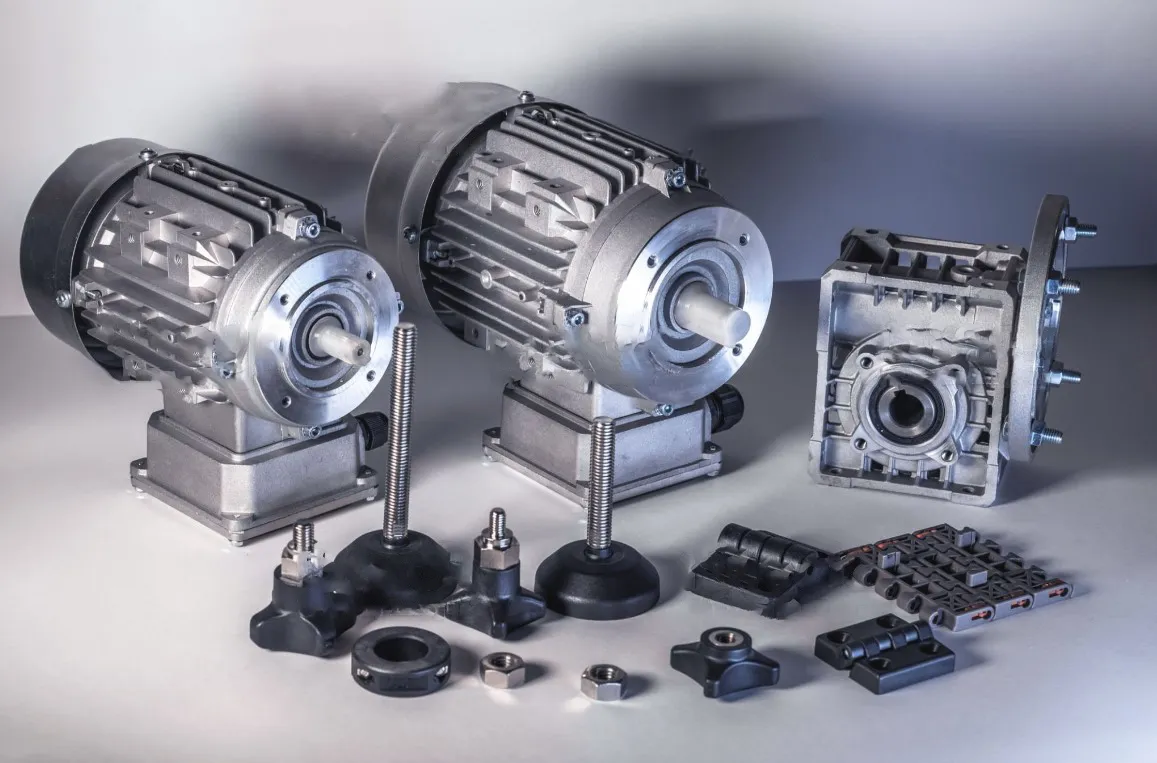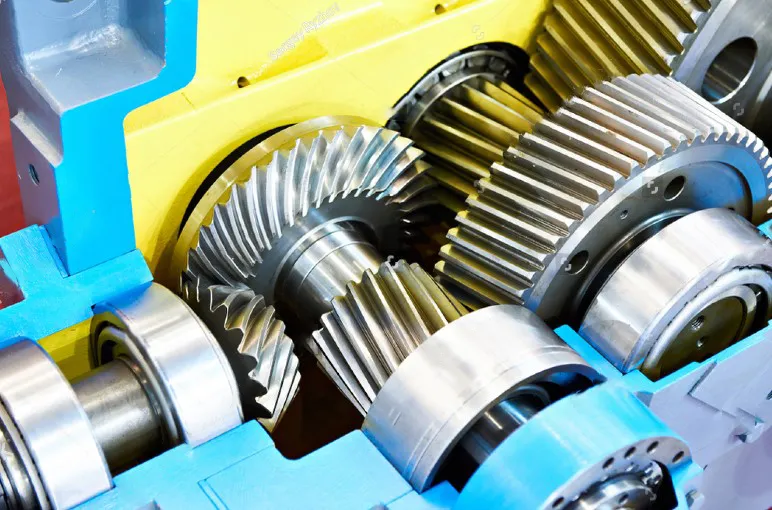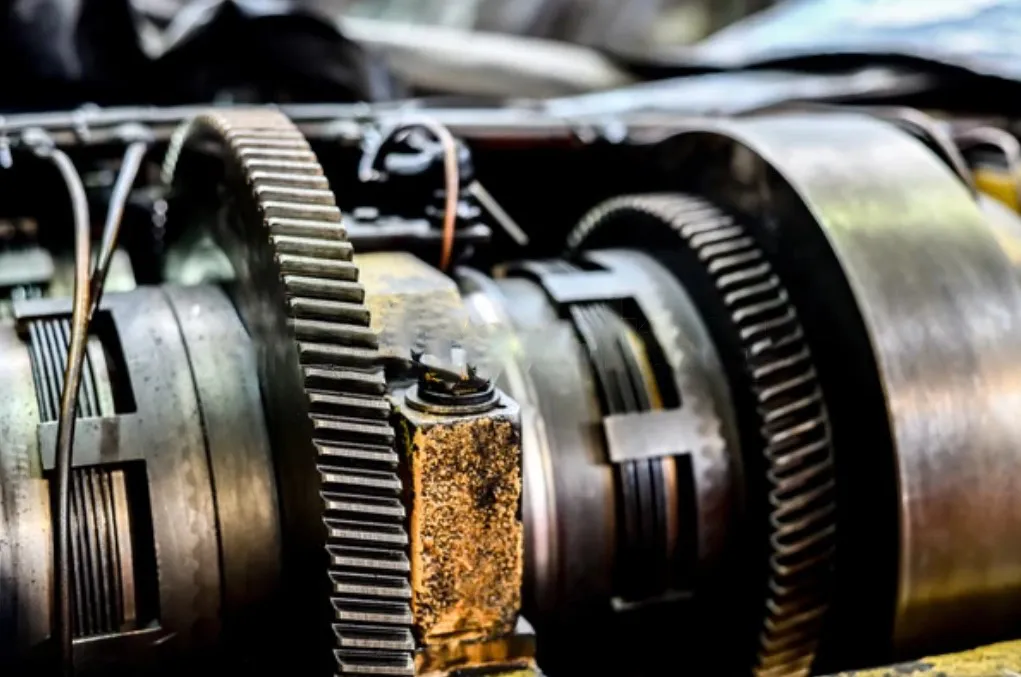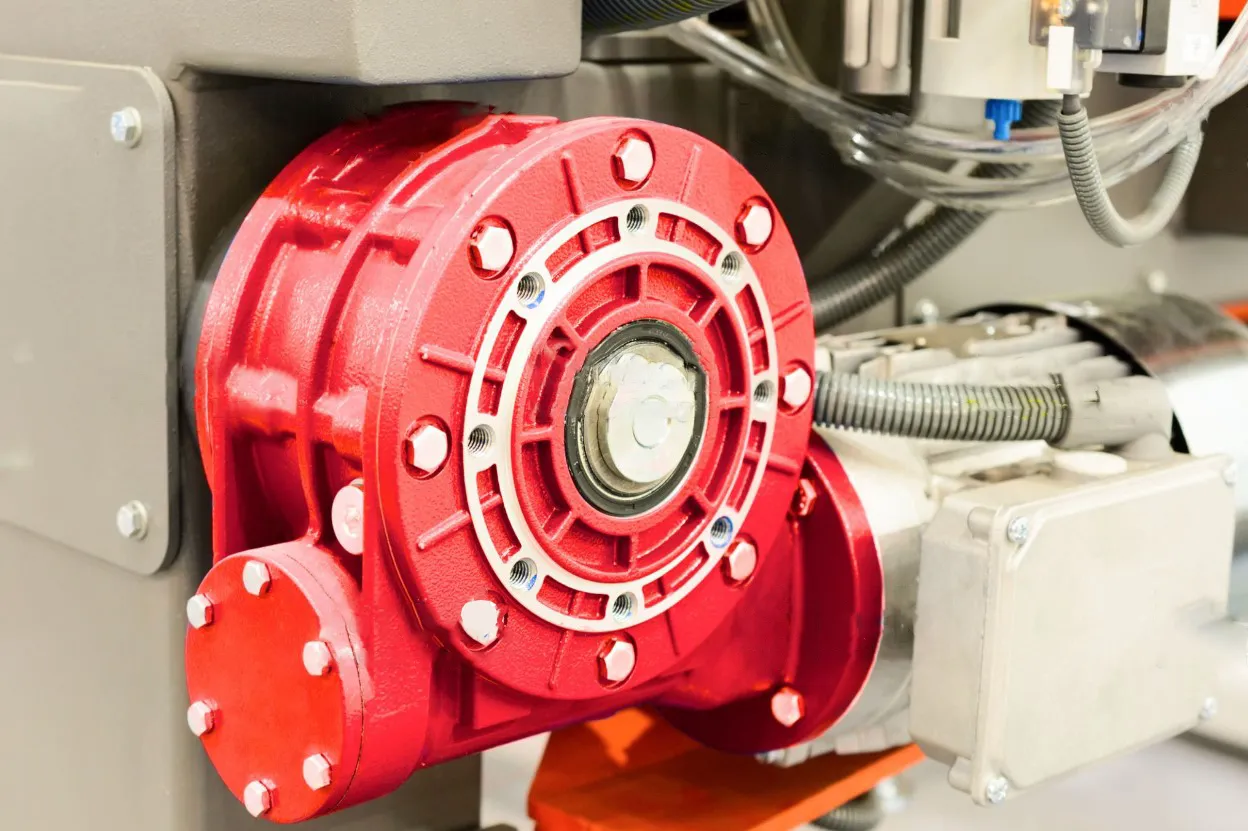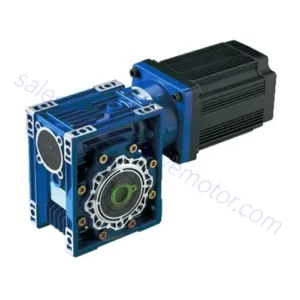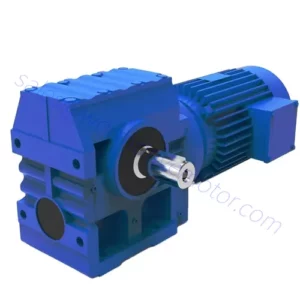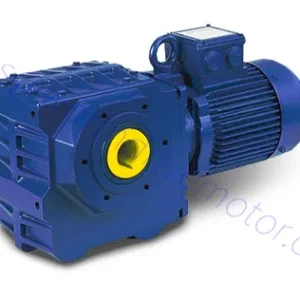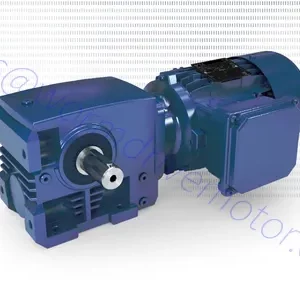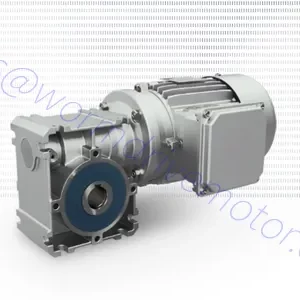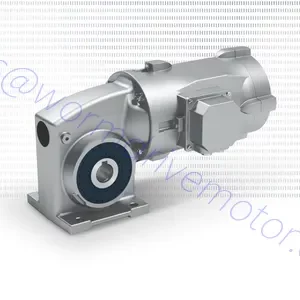Worm Gear Motor
Our worm gear motors are designed to produce high torque in a small package size. Worm gear motors are ideal for applications that require self-locking or disconnect functionality, as the output shaft cannot rotate without power. In addition, the worm gear reducer can transmit motion through 90 degrees. With a variety of reduction ratios, precision cut gears, voltages and sizes, we have a DC worm geared motor solution for your application.
how to unstick pto shaft
If a Electrical power Consider-Off (PTO) shaft is caught or tricky to transform, there are a several measures you can just take to consider and unstick it:1. Lubrication: Implement a generous quantity of penetrating oil or a appropriate lubricant to the PTO shaft and...
how to unstick pto shaft
If a Electrical power Consider-Off (PTO) shaft is caught or tricky to transform, there are a several measures you can just take to consider and unstick it:1. Lubrication: Implement a generous quantity of penetrating oil or a appropriate lubricant to the PTO shaft and...
The working principle of worm gear motor
A worm gear motor works by transmitting power between a rotating worm and an external gear. The spiral motion of the worm gear significantly reduces space. It also allows for high efficiency and low noise levels. However, this helical motion is not without disadvantages, such as the introduction of sliding wear or friction. Worm gear motors are relatively quiet motors, which makes them ideal for applications where noise is a problem.
The structure of the worm gear motor is very simple. They consist of two parts: the worm gear and the drive shaft. When one or the other gear is turned, the worm gear rotates. As the worm rotates, it wears out on the metal surfaces and on the boundary lubricating parts. Then, as the worm gear leaves the top of the wheel, the surface of the worm gear absorbs more lubricant, and the process repeats on the next rotation.
How to use a worm gear motor
When you’re learning how to use a worm gear motor, it’s important to understand how it works. The torque of such a motor depends on the number of threads, the angle of inclination of those threads, and the number of teeth on the wheel. Another factor that affects the efficiency of a worm gear motor is the amount of friction created at the gear interface. This makes it necessary to lubricate the gears frequently, because if the friction is too high, the gears cannot be driven.
Worm motors are generally quieter than other motors, making them ideal for applications where noise or space is an issue. They can also be used in elevators. Because they produce less noise than other motors, worm gear motors are common in many industries. These advantages have led to the development of several different types of worm gear motors.
Worm Gear Motors: features & benefits
Application
Worm gear motors are suitable for many industrial applications:
Security Door Locks
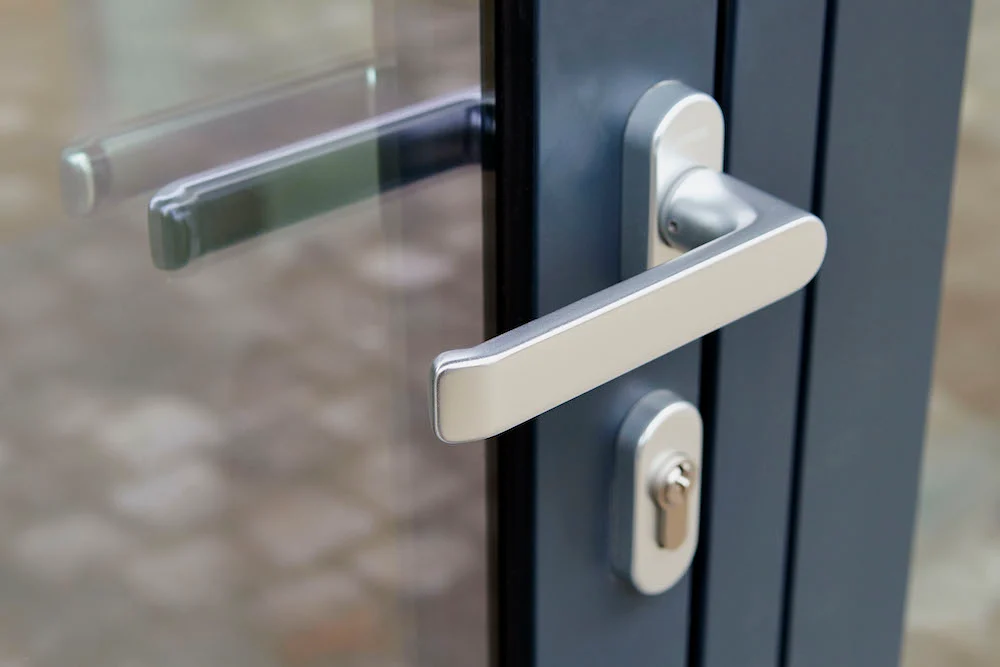
Conveying Systems
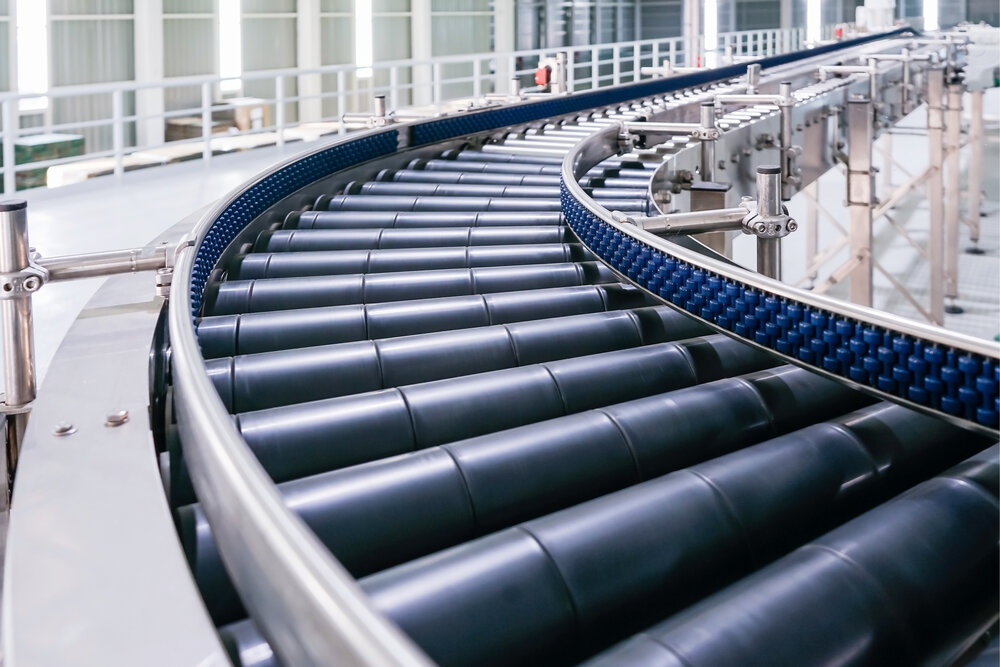
Security Gates

Dental Chairs
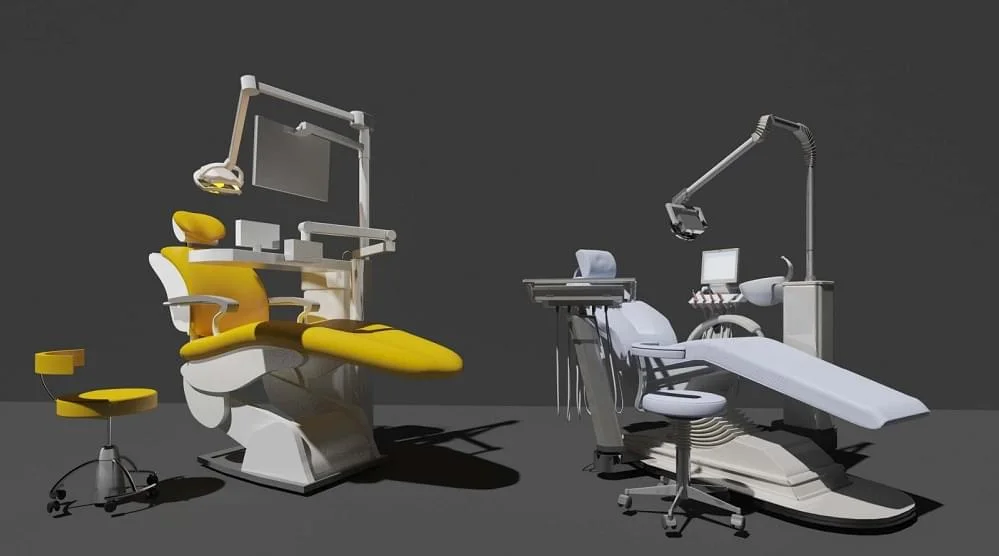
Our services include:
● 24-hour breakdown service.
● Gearbox or parts repairs in our in-house and established machine shop.
● A team of professional inside sales engineers assists our customers with all transmission issues.
● A sustainable partnership with high-quality and cost-effective units for all applications.
